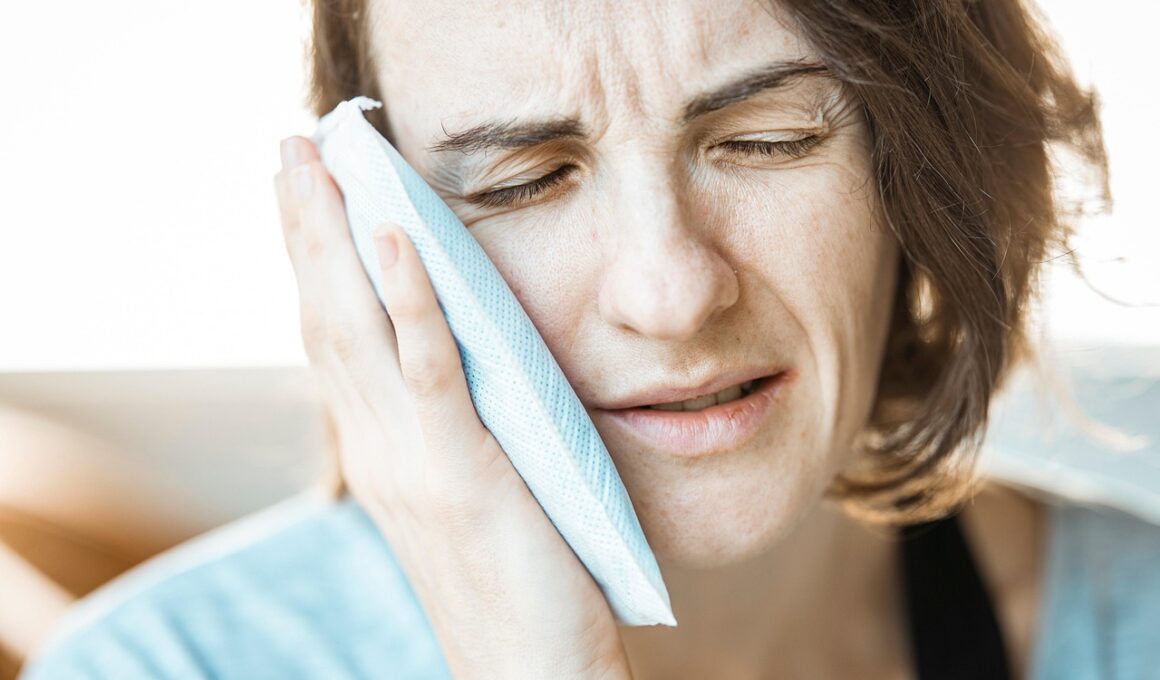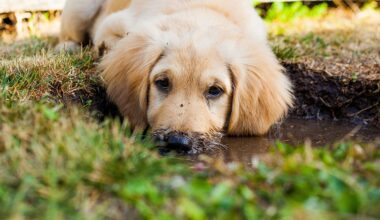Signs Your Cat May Be in Pain Due to Oral Health Issues
As a cat owner, you might wonder how to identify if your feline friend is suffering from oral health issues. Feline cavities can lead to considerable discomfort and pain, sometimes making the situation worse. Recognizing these signs early is crucial for ensuring your cat’s health and well-being. Look for signs like changes in eating habits or a decreased appetite. Your cat may avoid hard kibble or show reluctance to chew. Also, take note if your pet is dropping food while eating, which can indicate dental pain. Additionally, watch for excessive drooling, as this may be a sign of oral disease. Pay attention to any unusual odors coming from your cat’s mouth, as they can hint at underlying issues. It’s essential to monitor your cat’s behavior to ensure optimal oral health. Creating a routine that includes regular dental checkups can assist in early detection and treatment, preventing more serious complications. Always consult your veterinarian if you notice any changes in behavior regarding oral health.
Another common sign of oral health issues in cats is changes in grooming behavior. Cats are typically fastidious groomers, and any noticeable decline in grooming can indicate discomfort. When a cat is experiencing pain from its mouth, it might avoid grooming or pay less attention to areas around the face. Look for excessive fur loss or unkempt fur as this can indicate that your cat is not feeling well. Additionally, pawing at the mouth or rubbing it against furniture could be signs of inflammation or irritation. Be observant of how your cat interacts with you, as well. If your feline friend exhibits signs of aggression or withdrawal during normal interactions, it could mean they’re too uncomfortable to engage. You may notice changes in your cat’s vocalizations as well, possibly indicating distress. These behavioral shifts can be your cat’s way of signaling that there are painful issues to address. Keep a close eye on any changes to help support your cat’s comfort and overall well-being.
Physical Indicators of Oral Health Problems
Physical indicators can also provide invaluable clues about your cat’s oral health condition. Bad breath, also known as halitosis, can signal underlying dental issues that may require prompt attention. A healthy cat should not have notably foul breath, so if you notice a distinct odor, it’s time for a vet visit. Swollen, red, or bleeding gums are alarming signs of gum disease or other dental conditions. Observing your cat during meal times can reveal if they show pain when chewing. Additionally, tooth loss might occur as the condition worsens, usually happening without obvious signs until fairly advanced stages. Such indicators, combined with the behavioral cues previously mentioned, can help you ascertain whether your cat is in discomfort. If your cat develops a preference for softer foods, this could denote that it’s struggling with its teeth. Ensuring that you have regular veterinary check-ups can minimize the risk of severe dental issues and help keep your cat in optimal health.
Another sign that suggests your cat may be suffering from oral health problems is difficulty swallowing. You may notice that your cat struggles to eat or appears to gag when ingesting food, which can be distressing for both you and your pet. If your feline friend seems hesitant to eat or is taking significantly longer to finish meals, it could indicate pain or discomfort within the mouth or throat. Also, keep an eye out for any weight loss, which can result from nutritional deficiencies due to not eating enough. Changes in fluid intake can be equally telling. If your cat suddenly starts drinking more or less than usual, something could be amiss. Such changes often accompany oral health issues or broader medical conditions. In addition, vocalizing differently can indicate pain or discomfort. Cats may yowl or cry out if they are in pain, making it essential to communicate any observed changes to your veterinarian.
Preventive Measures for Dental Health
Preventing dental disease should be a priority for your beloved feline. Routine dental care is essential for maintaining good oral health. Start by introducing dental chews and toys designed to help reduce tartar buildup. These items can make a difference in your cat’s dental hygiene and gum health. Regularly brushing your cat’s teeth can also have significant benefits—although it may take time for both of you to adjust. It’s crucial to use toothpaste specifically formulated for cats to avoid complications. Additionally, offering wet food can aid in oral health as it provides moisture and may be easier to chew for cats with dental issues. Annual veterinary check-ups will ensure early detection of potential problems. During these appointments, your veterinarian may recommend professional cleanings if necessary. Always monitor your cat for any signs of discomfort and seek veterinary care if needed. Helping your cat maintain healthy teeth and gums will go a long way in preventing pain and ensuring a better quality of life.
If you notice any concerning signs, don’t hesitate to consult your veterinarian. Early intervention is critical when it comes to any health issue, especially oral diseases. Dental issues can escalate quickly, leading to unnecessary pain and complications. Your veterinarian will likely conduct a thorough examination and may recommend treatment options based on your cat’s specific condition. Discussing dietary changes, dental care supplies, or possibly medication for pain may all be part of their recommendations. The health of your cat’s mouth has broader impacts on their overall health, making this not just a local issue to the mouth. After treatment, follow your veterinarian’s guidelines closely to ensure proper recovery and maintenance of your cat’s oral health. By staying proactive and aware of the signs of dental issues, you will play an essential role in enhancing your cat’s quality of life. Remember, oral health is vital for every feline friend, and your vigilance can help keep them happy and healthy.
Conclusion: Be Vigilant for Your Cat’s Well-being
In conclusion, recognizing the signs of oral health issues in your cat is essential for ensuring their comfort and health. By being vigilant about changes in behavior, eating habits, and physical indicators, you can act promptly if problems arise. Maintain a routine that includes regular vet check-ups and appropriate dental care to prevent oral diseases. Education about feline oral health will empower you to provide the best possible care for your furry companion. Dental issues can lead to significant pain and discomfort, so knowing what to look for can improve your cat’s quality of life tremendously. Caring for your cat’s teeth and gums requires attention, but the benefits are undeniable. By being proactive and attentive, you ensure they remain healthy and happy through every stage of life. Your role in managing your cat’s oral health is crucial, and staying informed will help you make the best decisions for their well-being. With this knowledge, you can pursue a positive and fruitful partnership with your feline friend, promoting overall longevity and joy in your shared lives.


